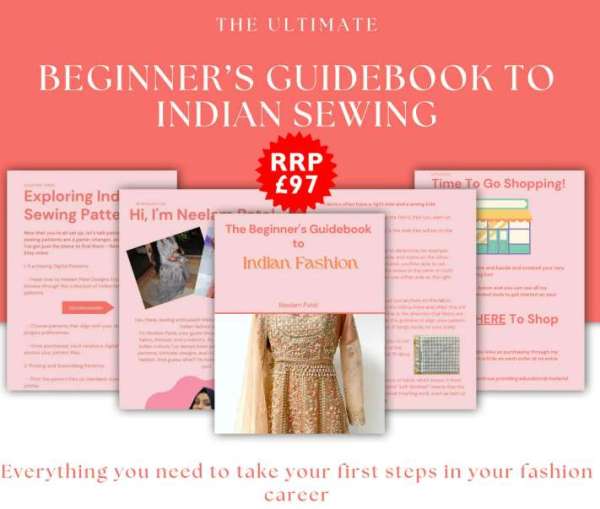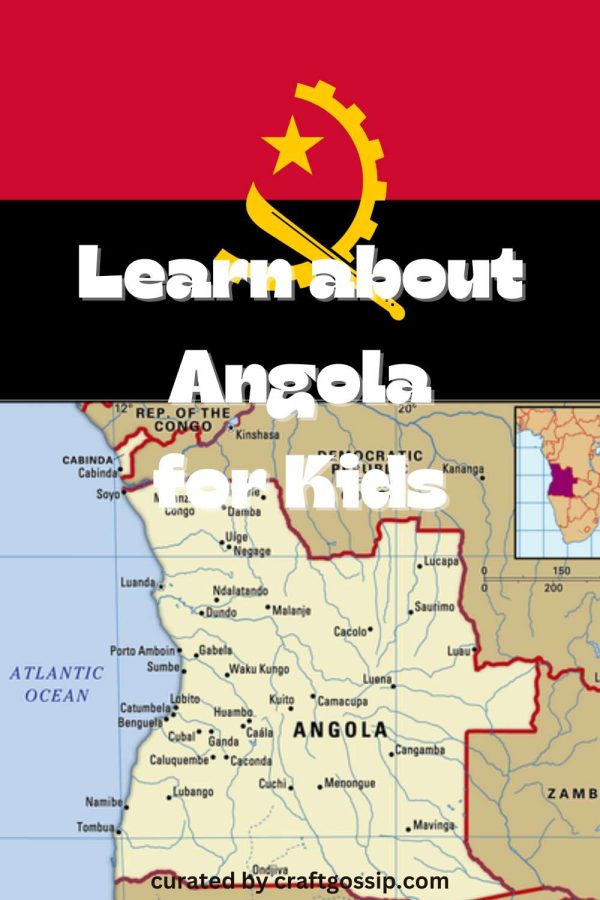
Okay, real talk—how many of you have bought a beautiful piece of fabric for a kurta or lehenga, only to have it sit in your stash because sewing Indian clothes feels way too intimidating? I’ve been there. Between the tricky necklines, those pesky side slits, and fabrics that behave like they have a mind of their own, it’s easy to feel overwhelmed.
That’s why I got stupid excited when I found The Ultimate Beginner’s Guidebook to Sewing Indian clothes on Etsy. And no, this isn’t some generic sewing manual—it’s actually useful for making Indian outfits!
Why This Guide is a Game-Changer for Indian Sewing
Explains fabrics that actually matter to us – Georgette, chiffon, cotton voile…finally understand which ones to use for kurtas vs. lehengas
Teaches how to handle slippery fabrics (because we all know what happens when you try to sew chiffon without a clue)
Includes proper seam finishing techniques – crucial for those delicate Indian fabrics that fray if you look at them wrong
Digital download = instant help when you’re in the middle of a sewing crisis at 2 AM
What Makes It Different From Other Guides?
Most beginner books focus on Western-style sewing, but this one actually helps with stuff we care about:
- How to sew a neat keyhole neckline (without it looking homemade)
- Tips for sewing side slits that lay flat instead of bunching up
- Working with linings for those fancy anarkalis and lehengas
- Adjusting patterns for the perfect kurta length (not too short, not too “auntyji”)
Who Should Grab This?
Absolute beginners who’ve never touched a sewing machine but want to make simple kurtas
Self-taught sewists who keep struggling with finicky Indian fabrics
Anyone who wants to stop depending on tailors (and save some serious money)
The Best Part?
You don’t have to wade through 500 pages of irrelevant info. It’s just the essential basics explained clearly, with pictures that actually help. I wish I had this when I first tried sewing my husband a Pathani suit—would’ve saved me from that lopsided collar disaster!
Ready to finally make that salwar kameez you’ve been dreaming of?
Check out the guide here
Pro Tip: Pair this with a simple kurta pattern (like the one from The Tunic Bible we talked about last month) and you’ll be unstoppable!
Anyone else struggle with sewing Indian clothes? What’s your biggest headache—slippery fabrics? Necklines? Share your pain in the comments!
P.S. If you want to see the guide in action, I’m thinking of doing a “Sew Your First Kurta” series—let me know if you’d find that helpful! ?
